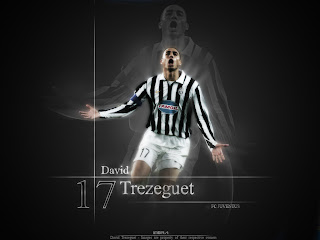The game of
football is any of several similar team sports, of similar origins which involve advancing a ball into a goal area in an attempt to score. Many of these involve kicking a ball with the foot to score a goal
goal, though not all codes of football using kicking as a primary means of advancing the ball or scoring. The most popular of these sports worldwide is association football, more commonly known as just "football" or "soccer". Unqualified, the word football applies to whichever form of football is the most popular in the regional context in which the word appears, including American football, Australian football, Canadian football, Gaelic football, rugby football, rugby union and other related games. These variations are known as "codes".
Common Element
The various codes of football share the following common elements:
- Two teams of usually between 11 and 18 players; some variations that have fewer players (five or more per team) are also popular.
- A clearly defined area in which to play the game.
- Scoring goalsor points, by moving the ball to an opposing team's end of the field and either into a goal area, or over a line.
- Goals or points resulting from players putting the ball between two goalposts.
- The goal or line being defended by the opposing team.
- Players being required to move the ball—depending on the code—by kicking, carrying, or hand-passing the ball.
- Players using only their body to move the ball.
In most codes, there are rules restricting the movement of players offside, and players scoring a goal must put the ball either under or over a crossbar between the goalposts. Other features common to several football codes include: points being mostly scored by players carrying the ball across the goal line; and players receiving a free kick after they
take a mark or make a fair catch.
Peoples from around the world have played games which involved kicking or carrying a ball, since ancient time. However, most of the modern codes of football have their origins in England.











